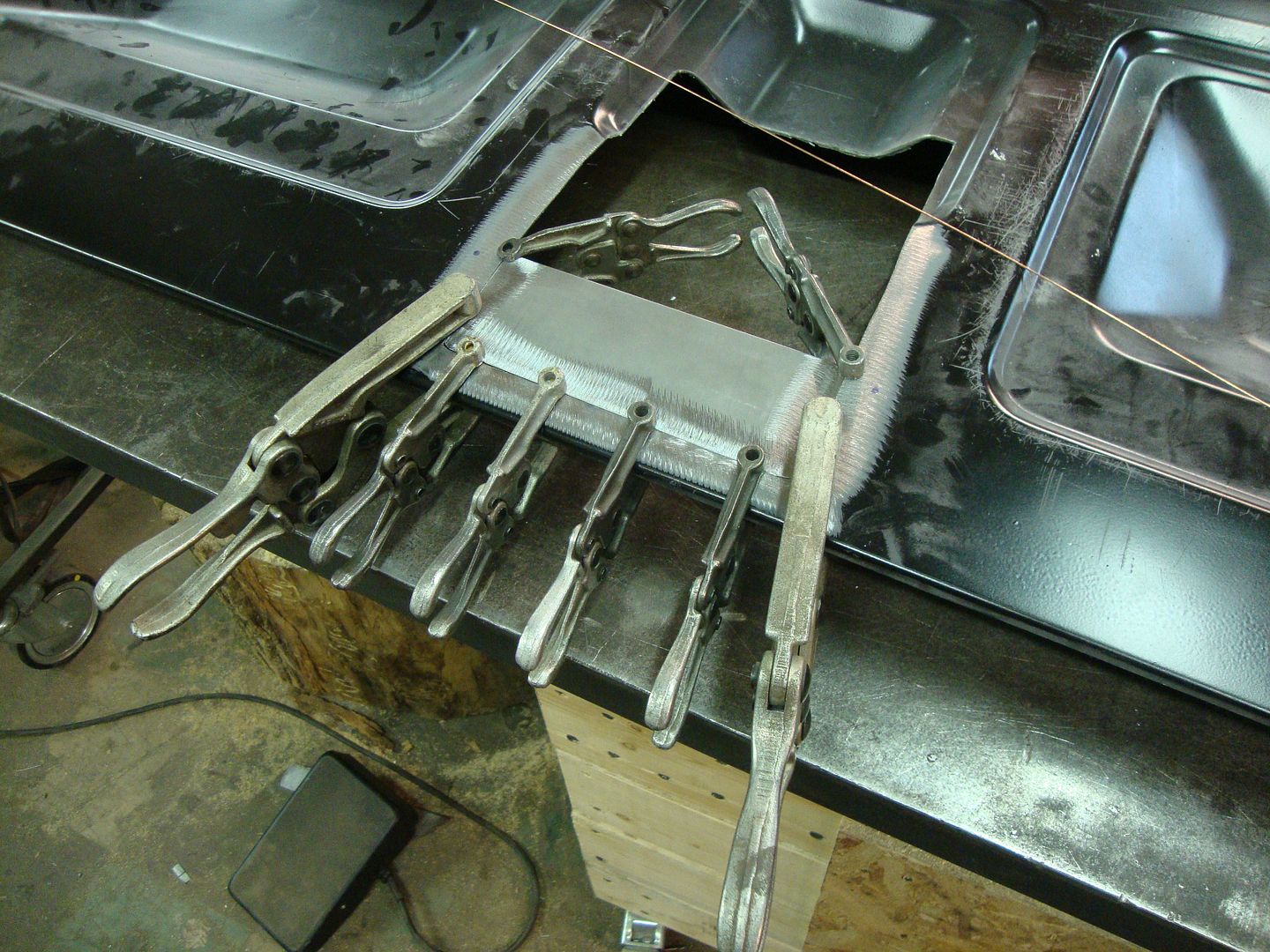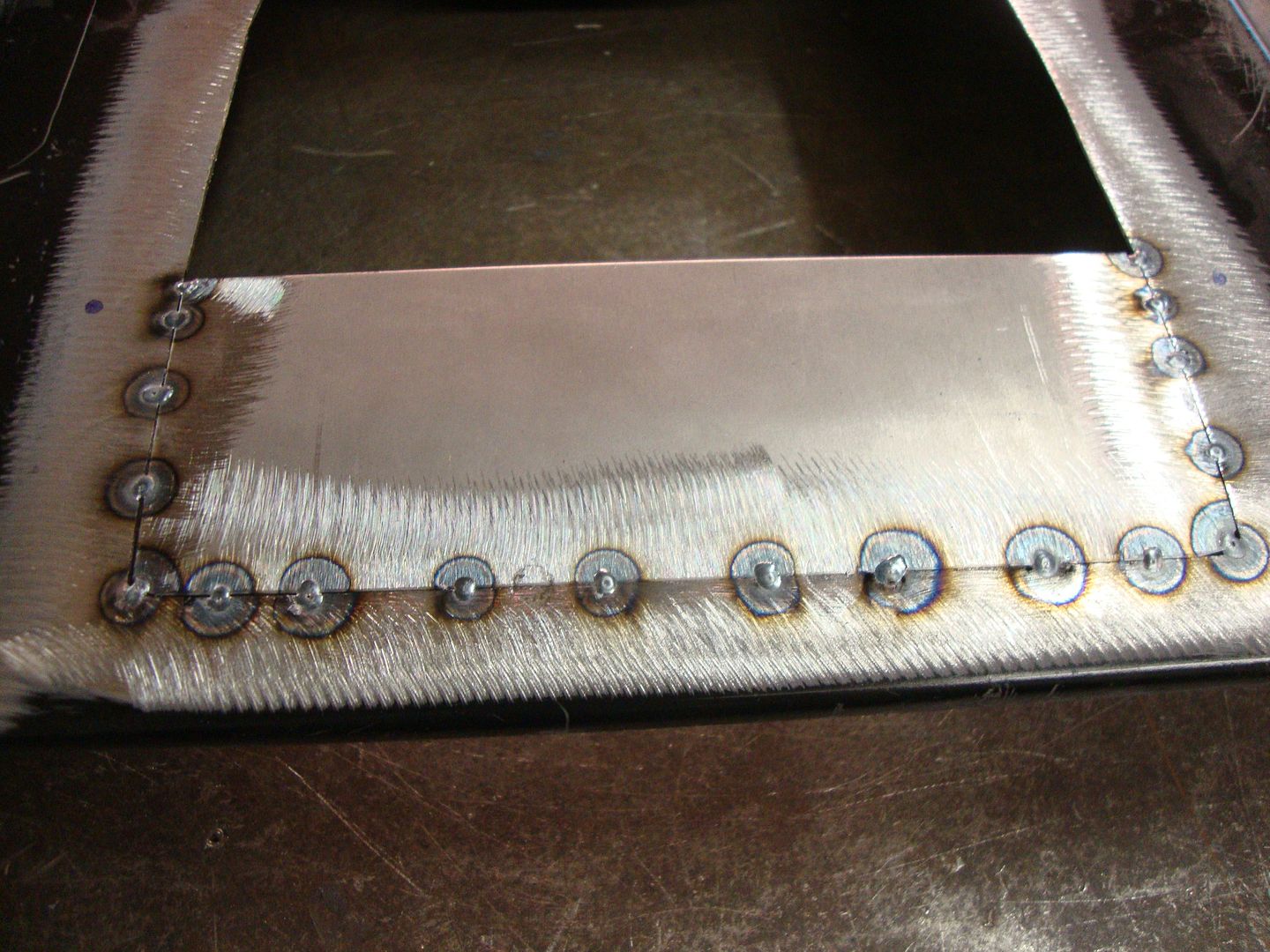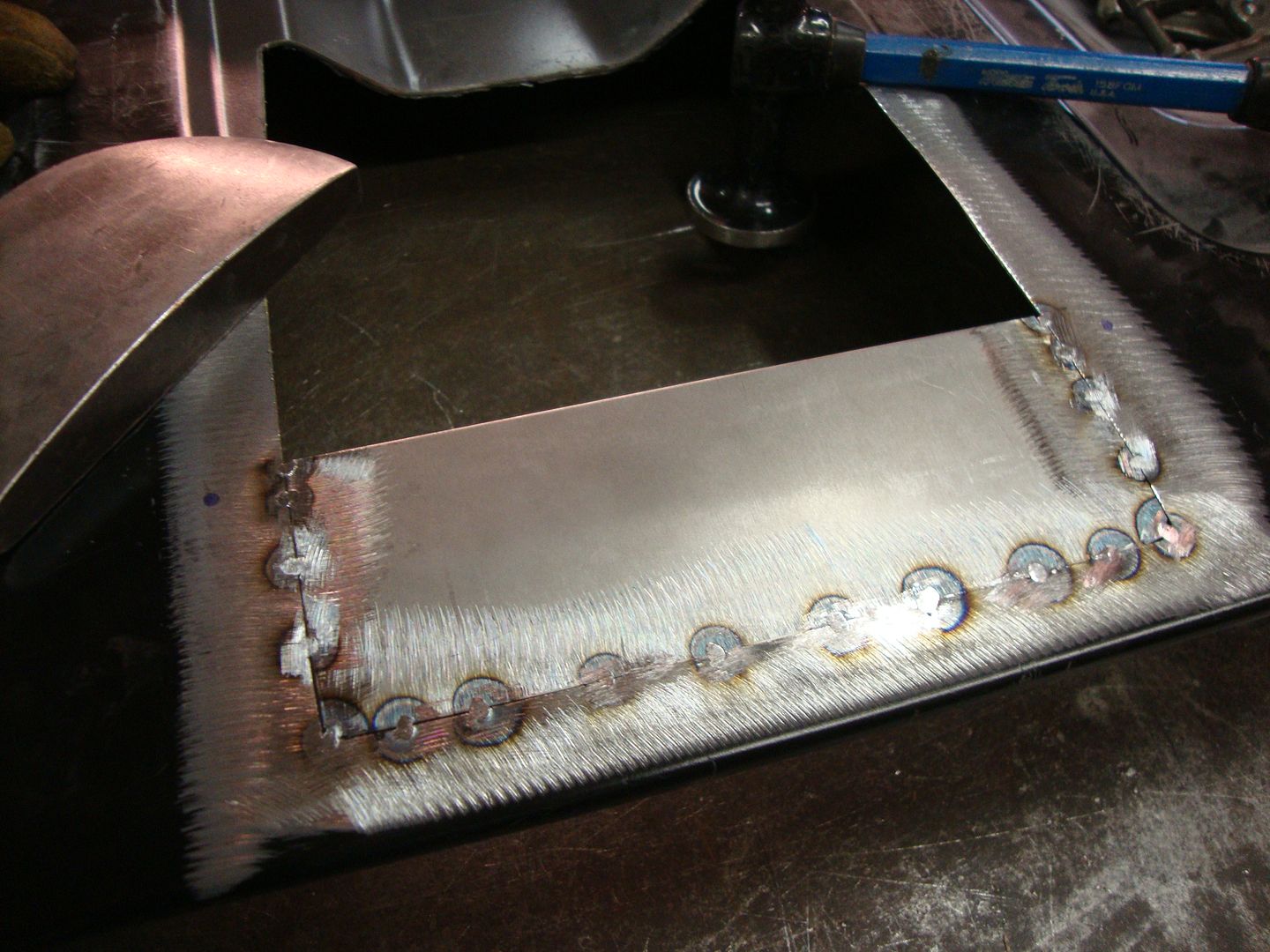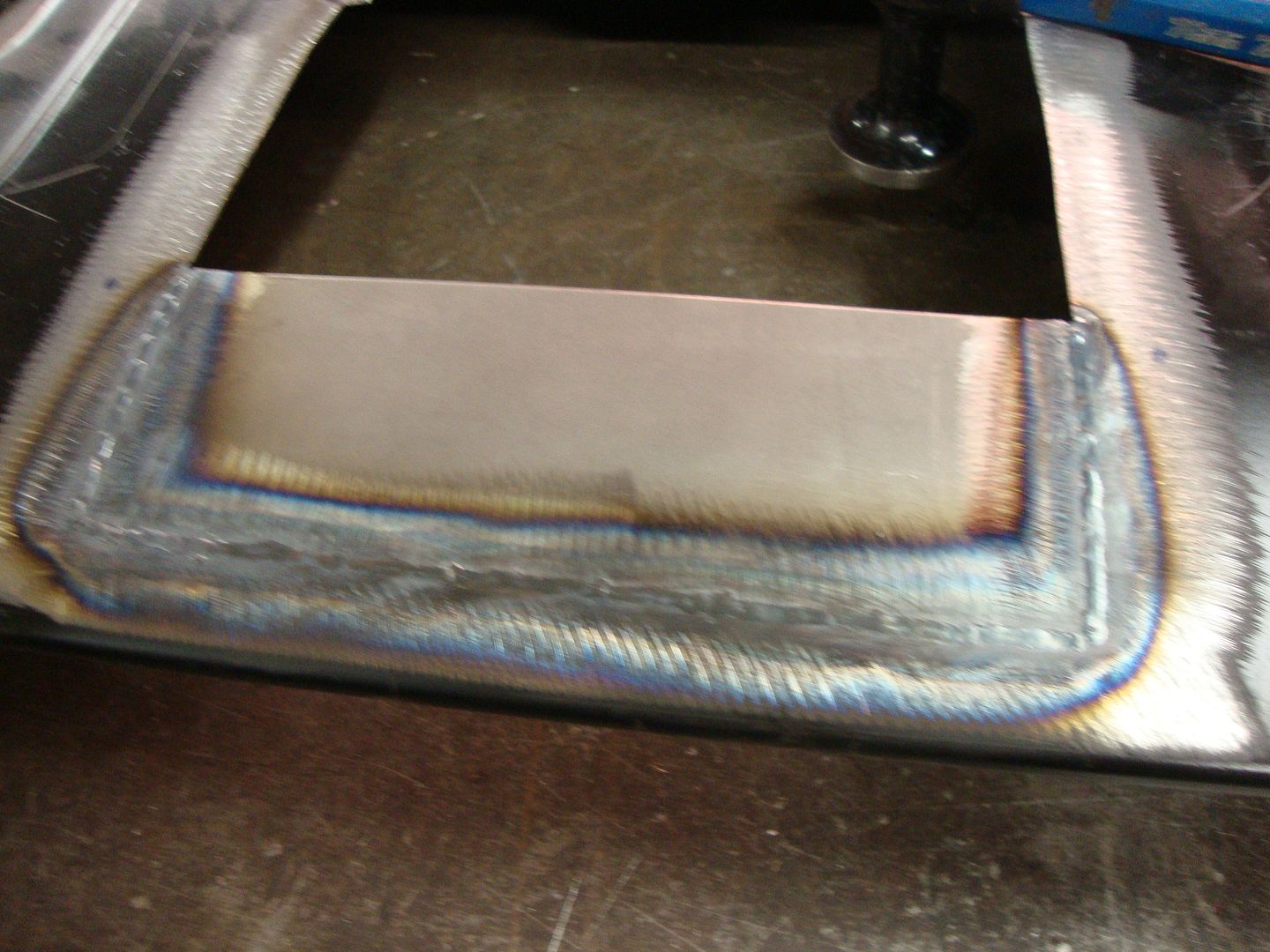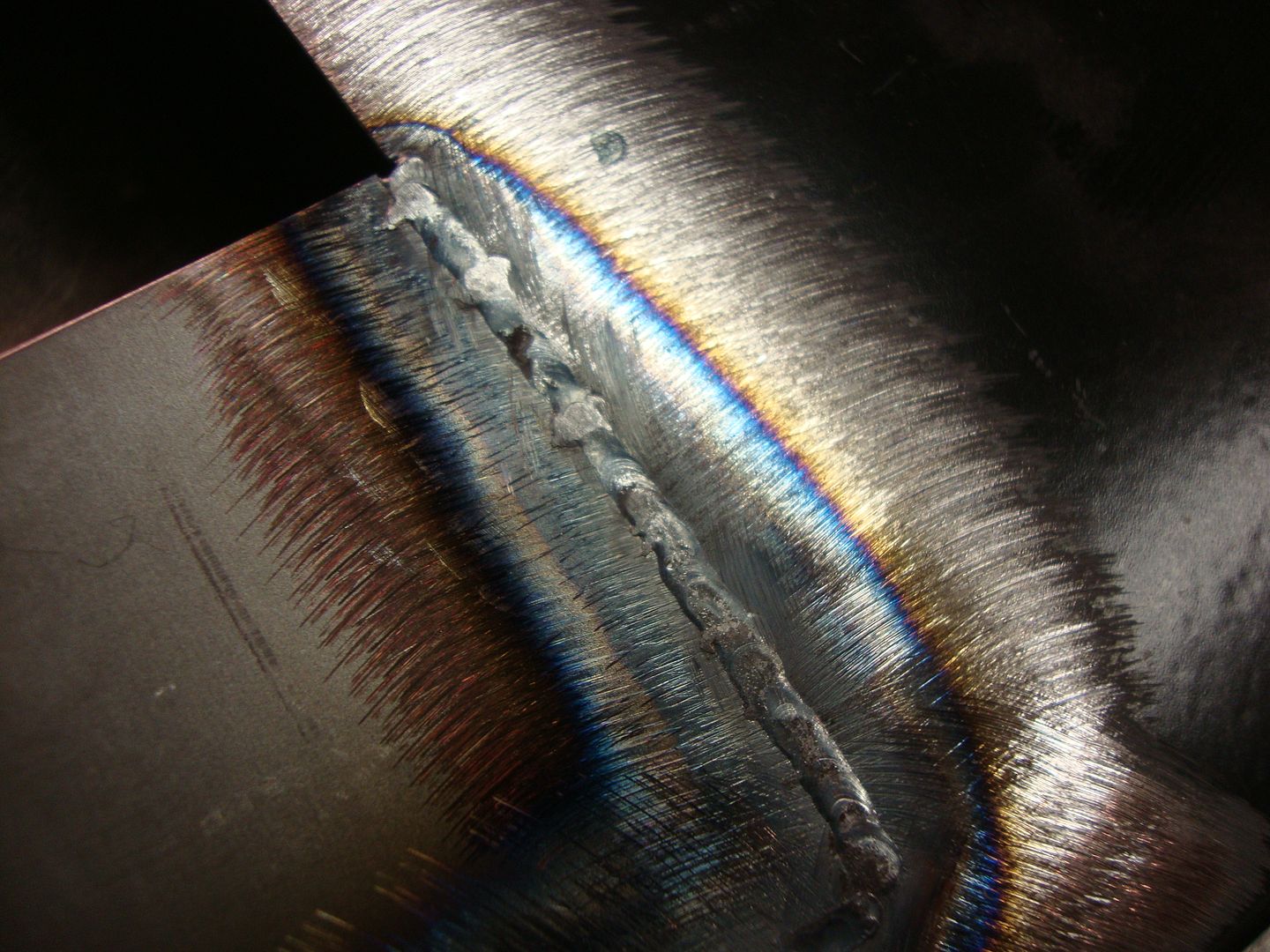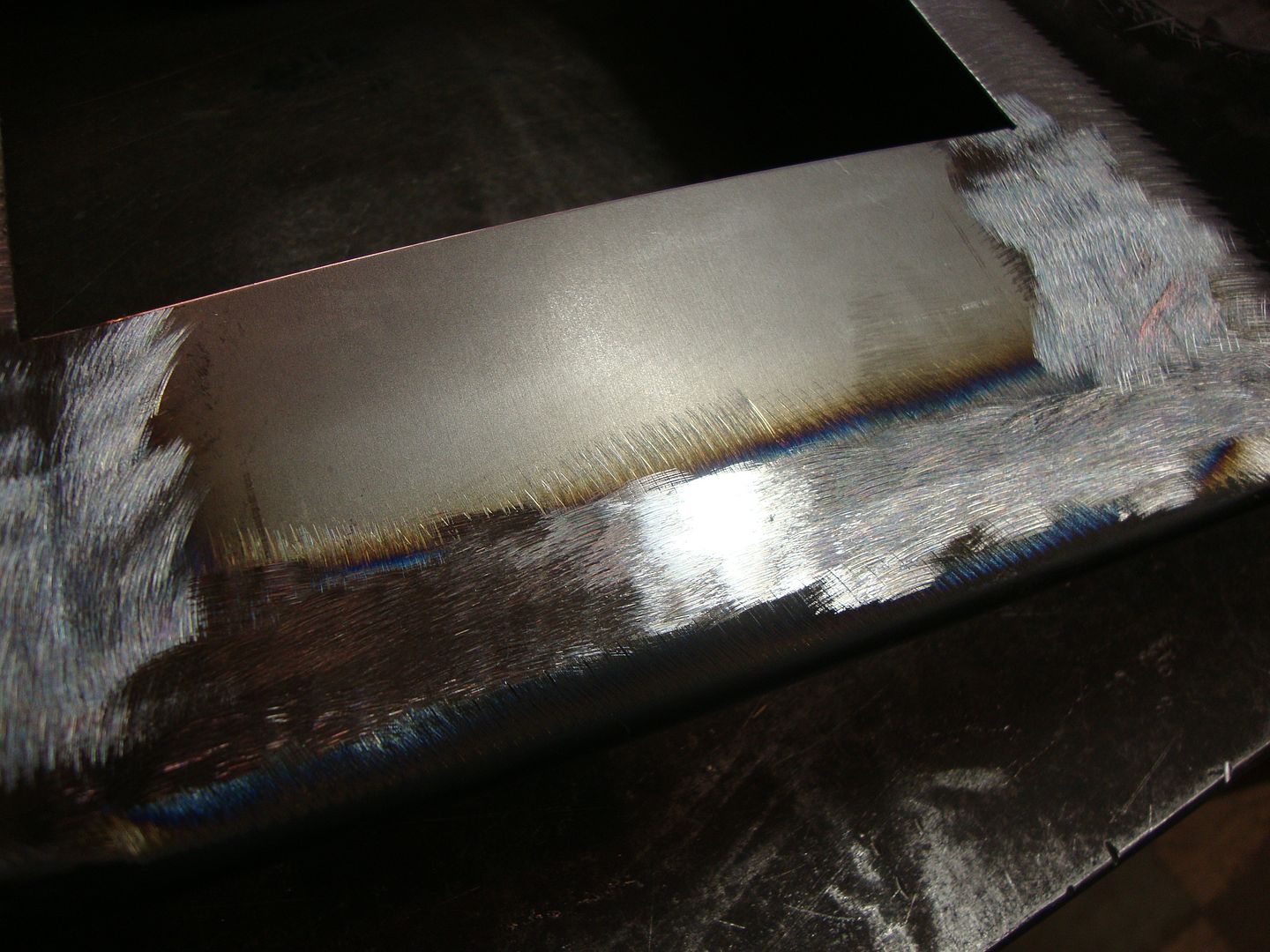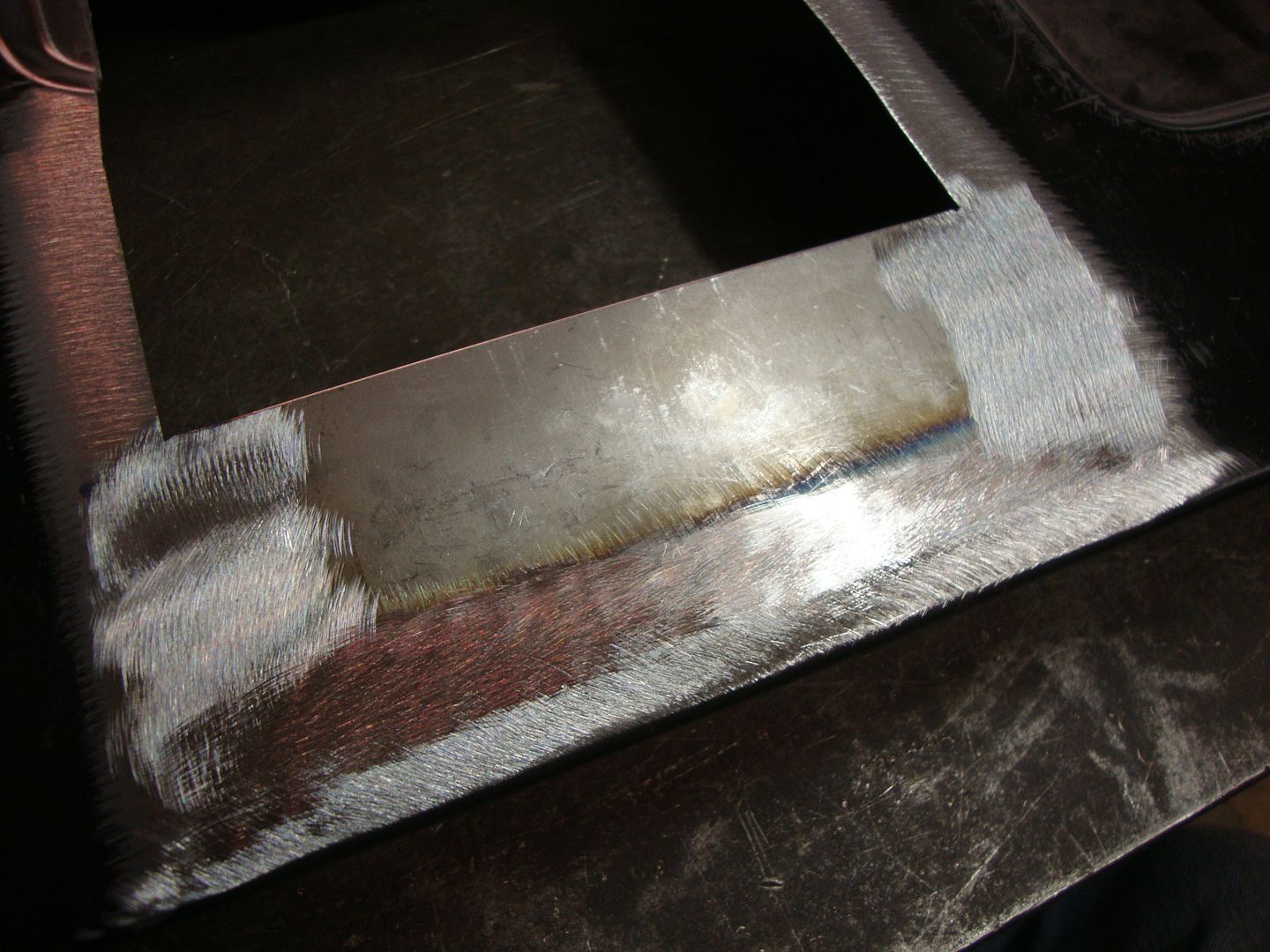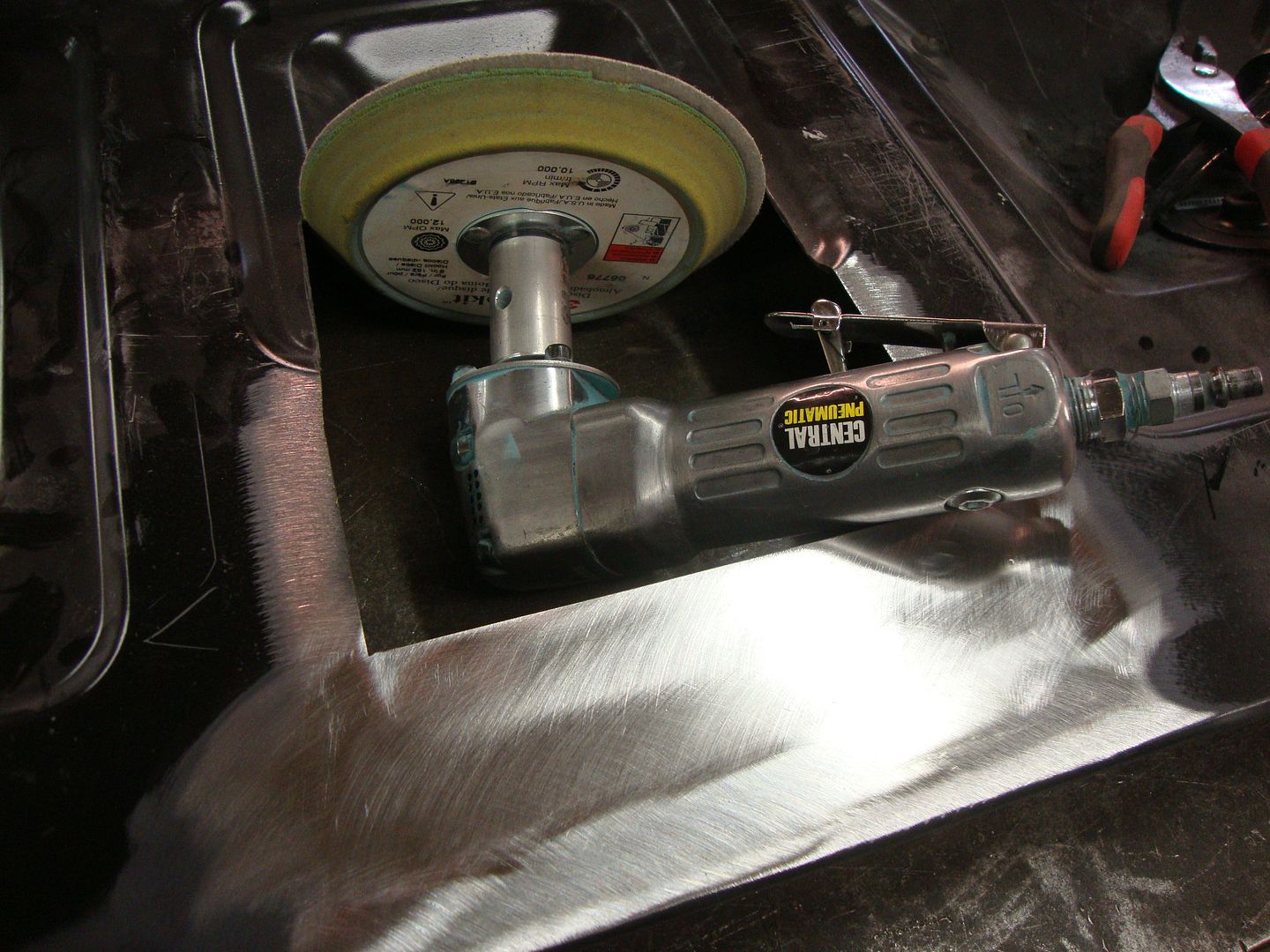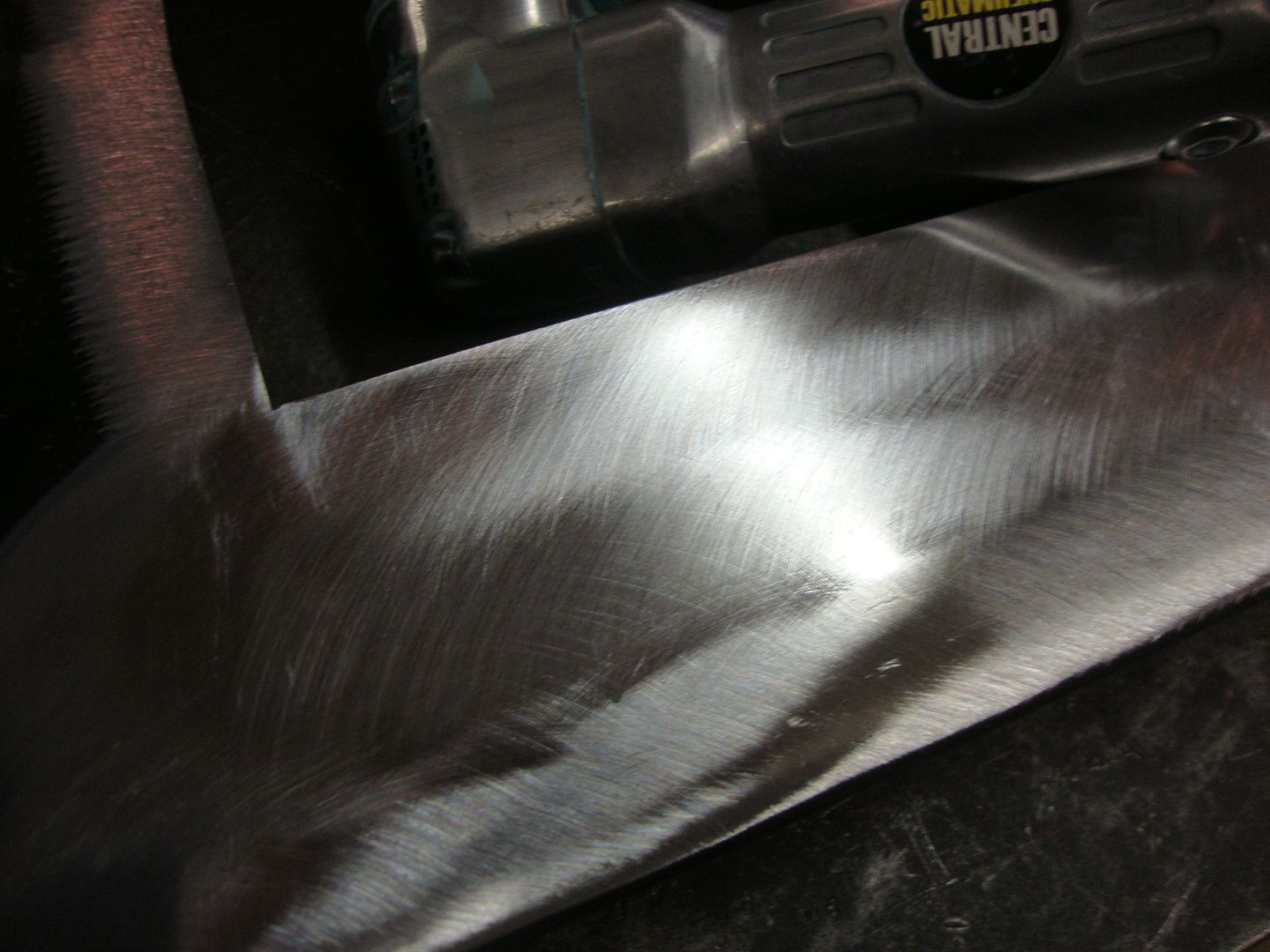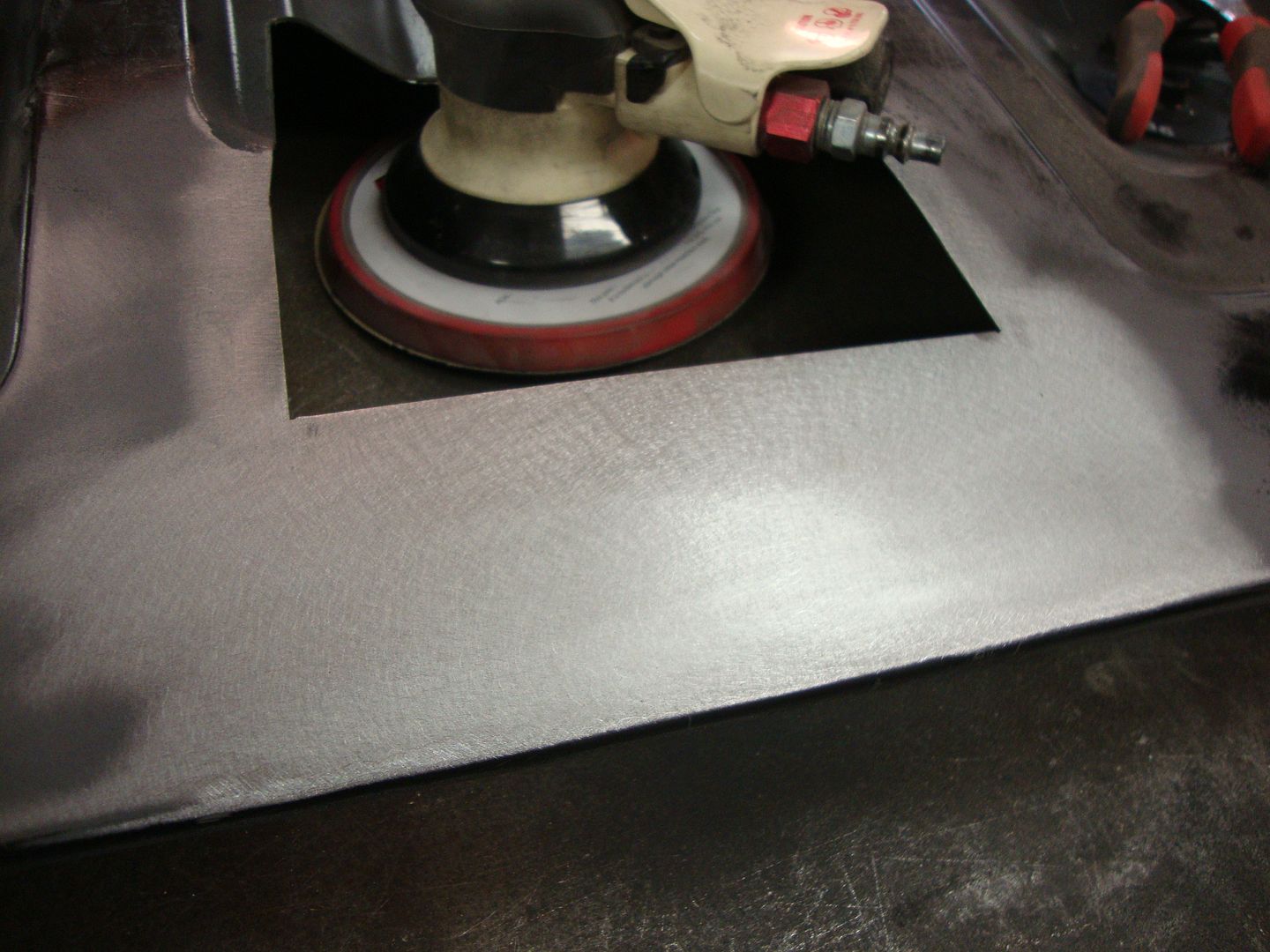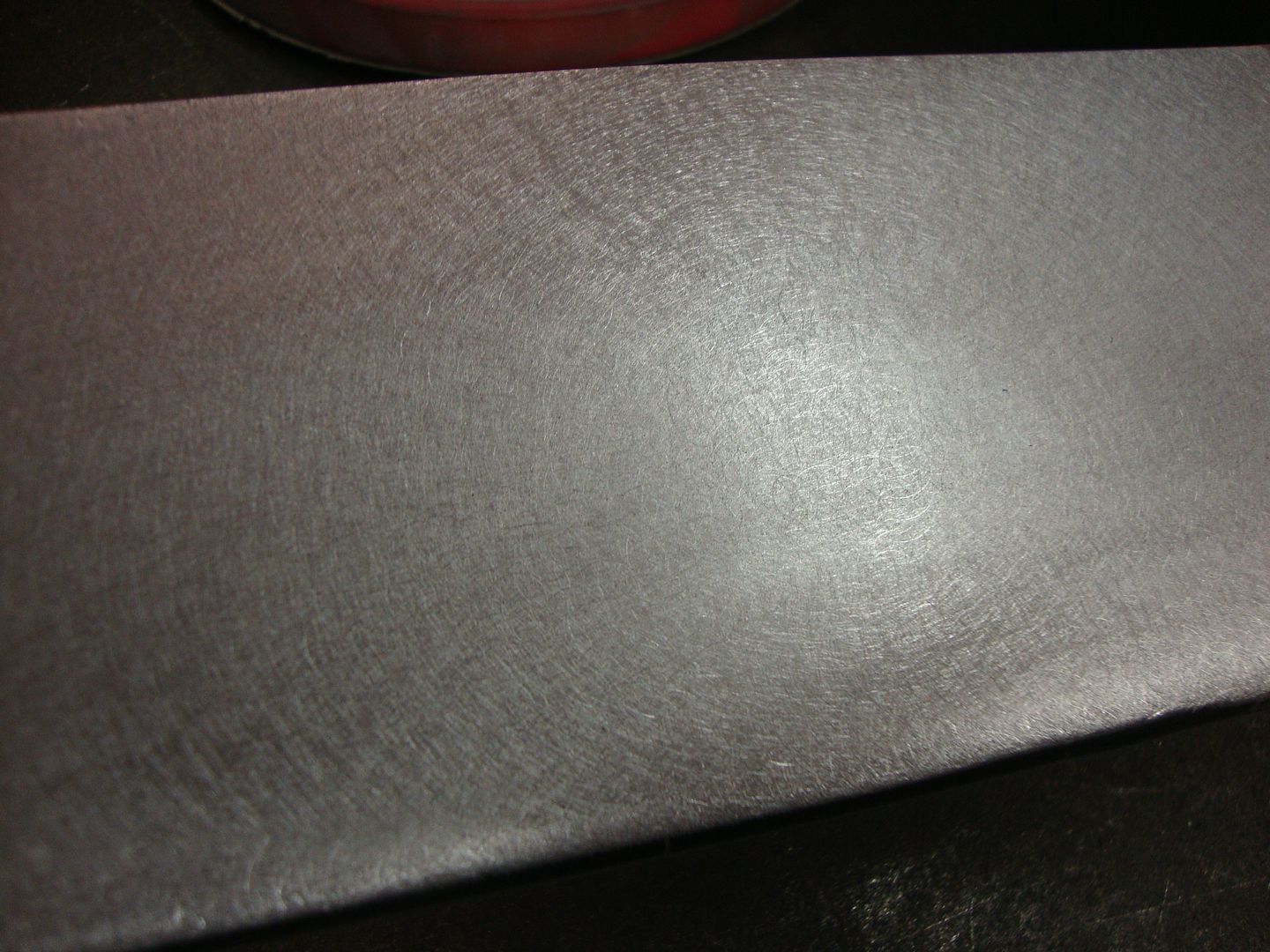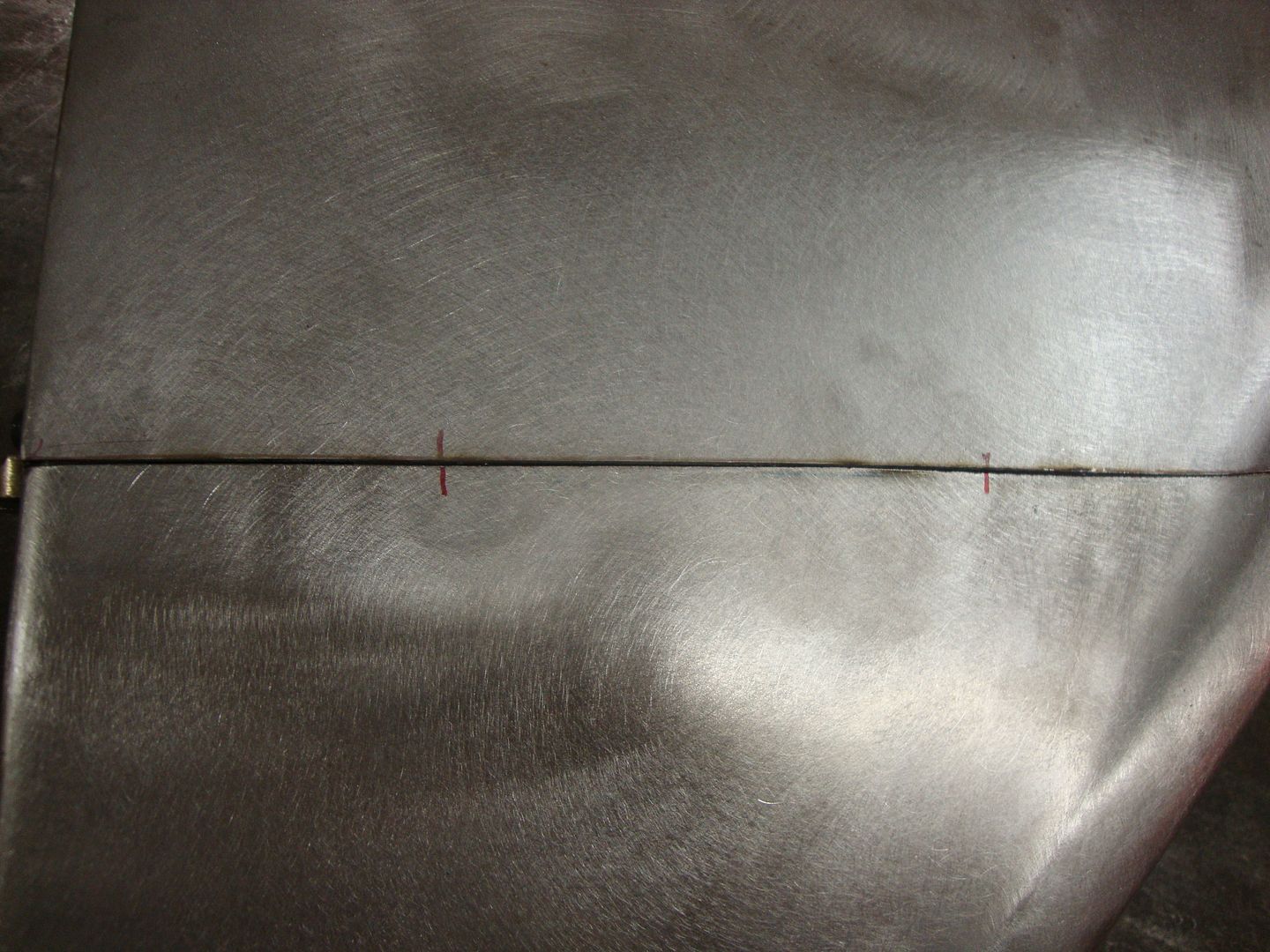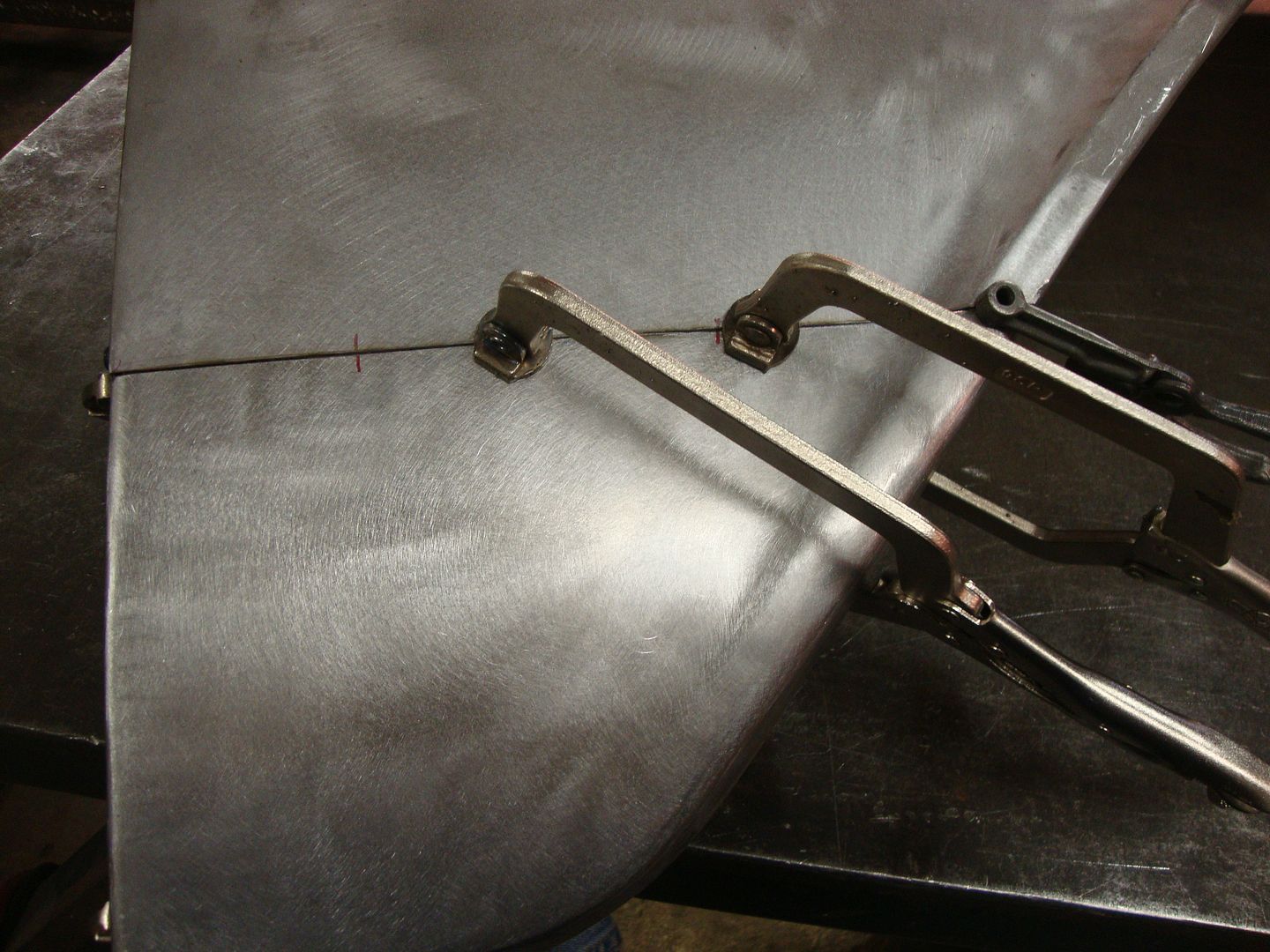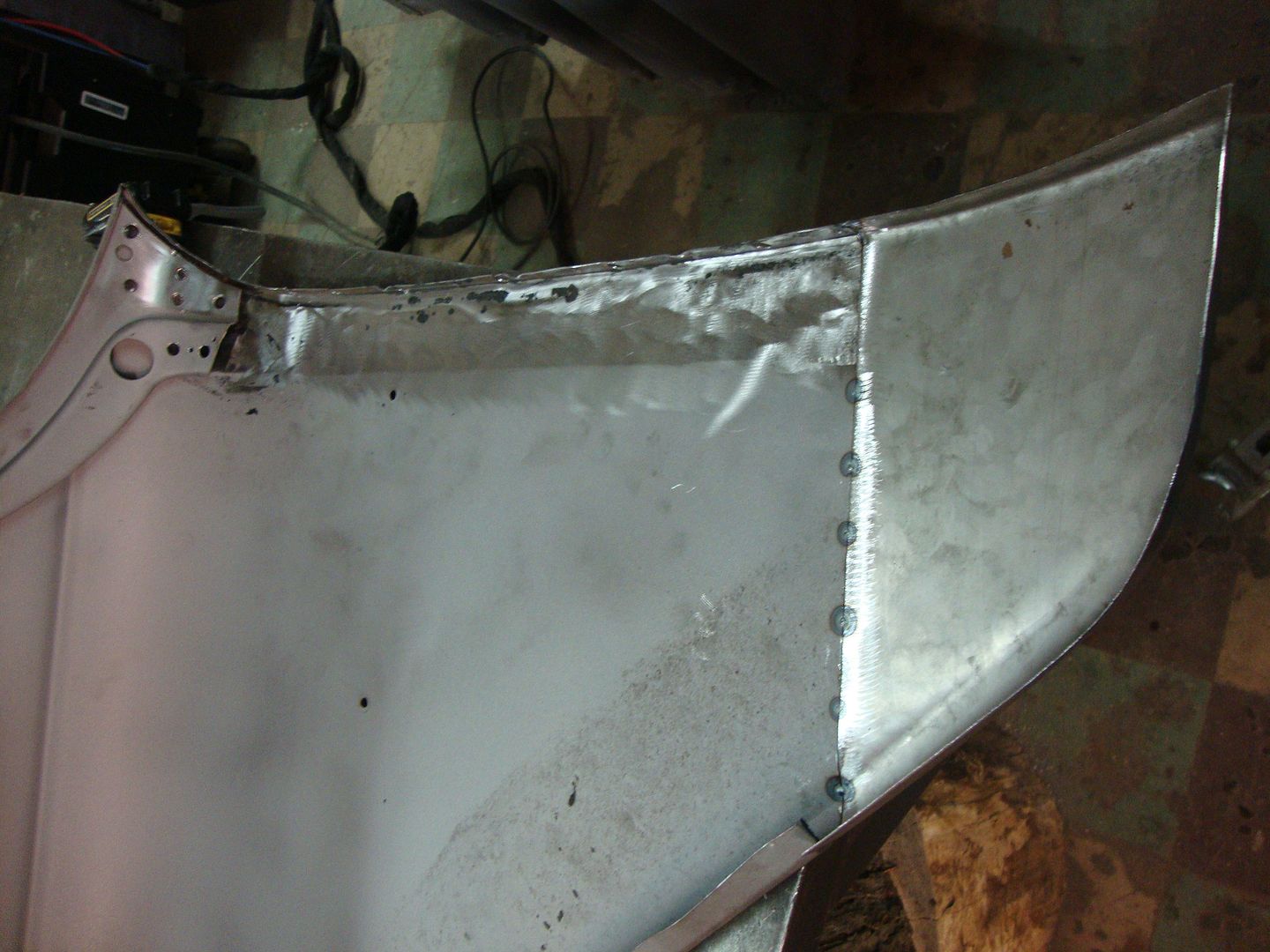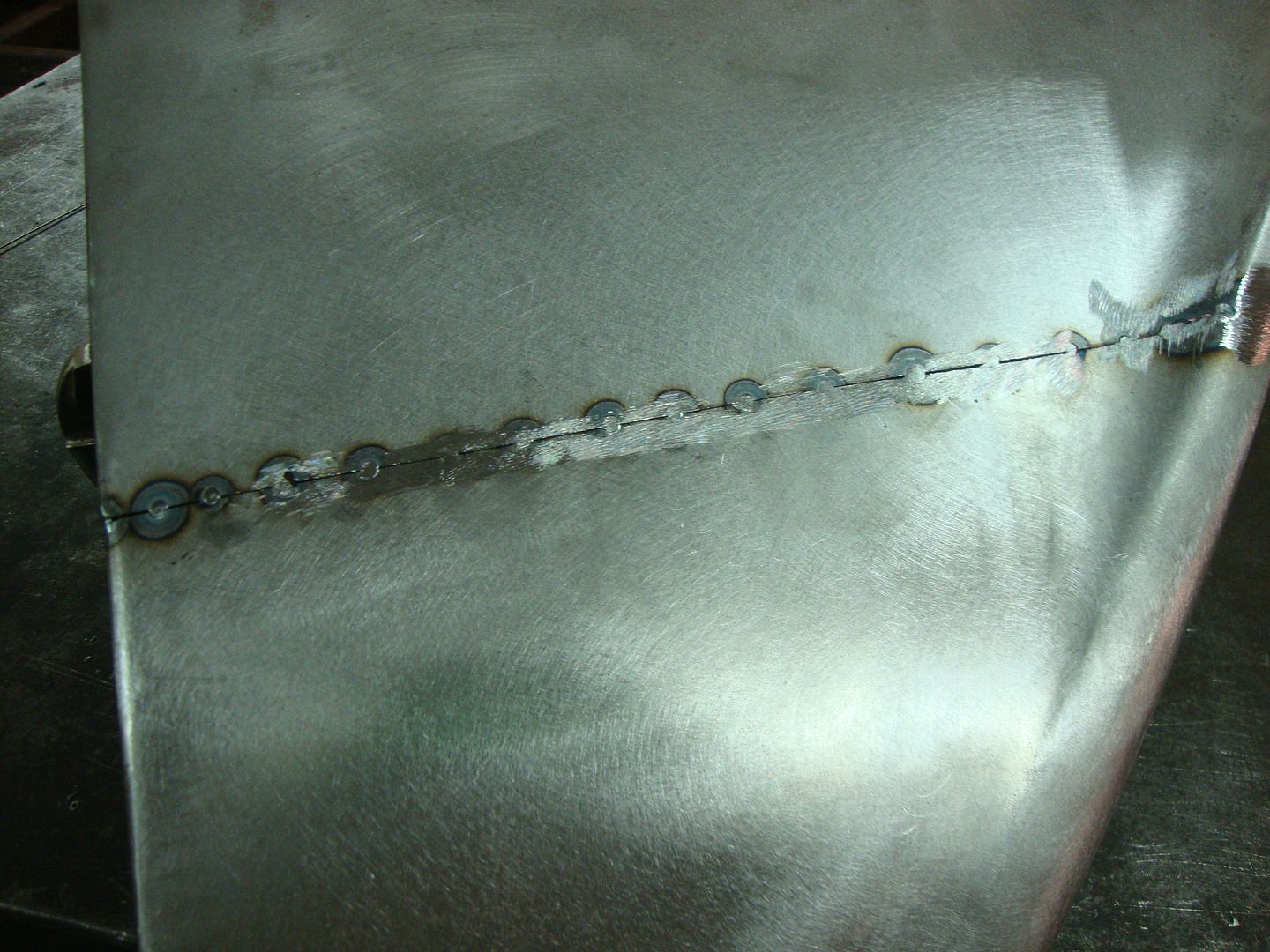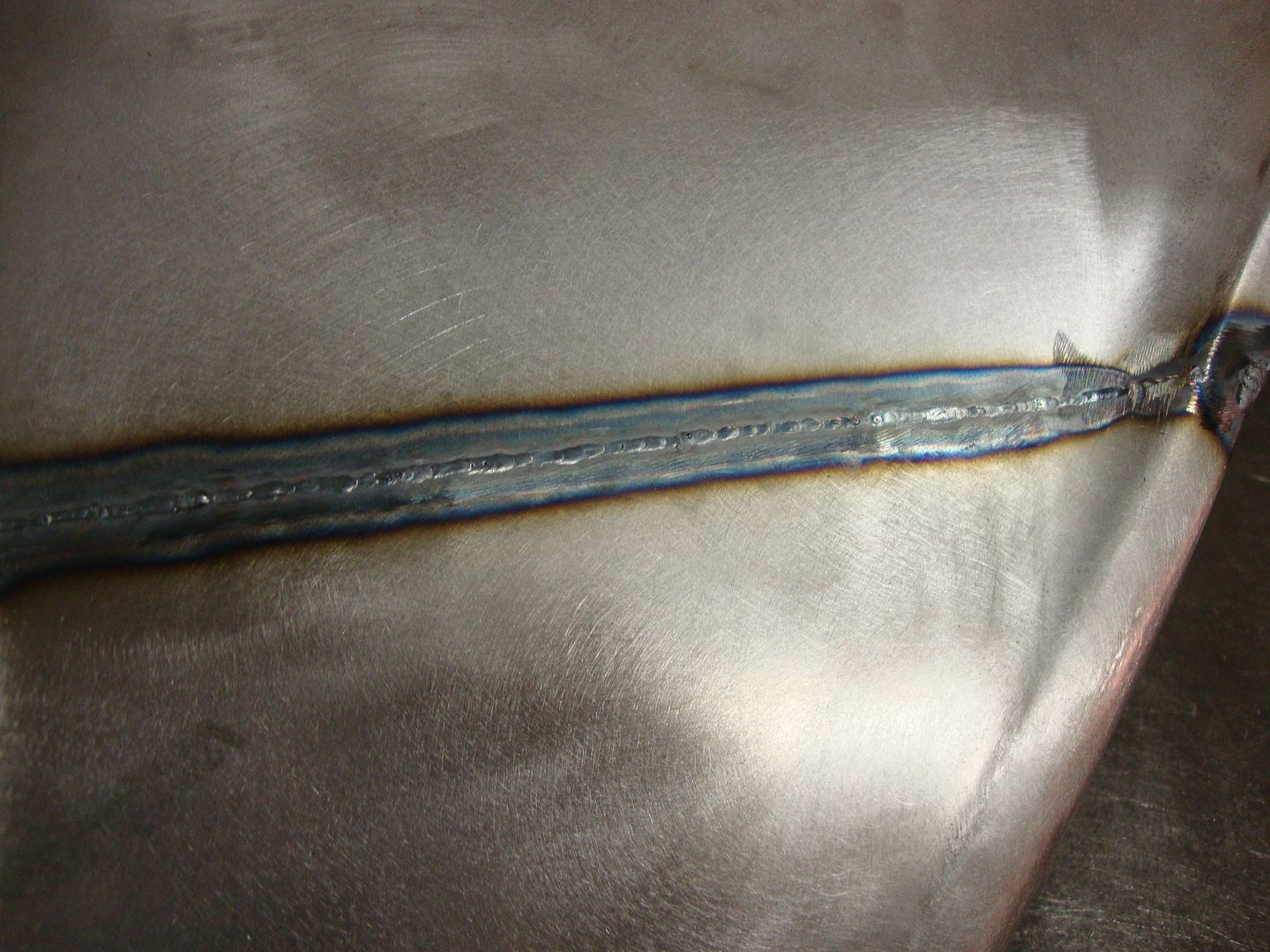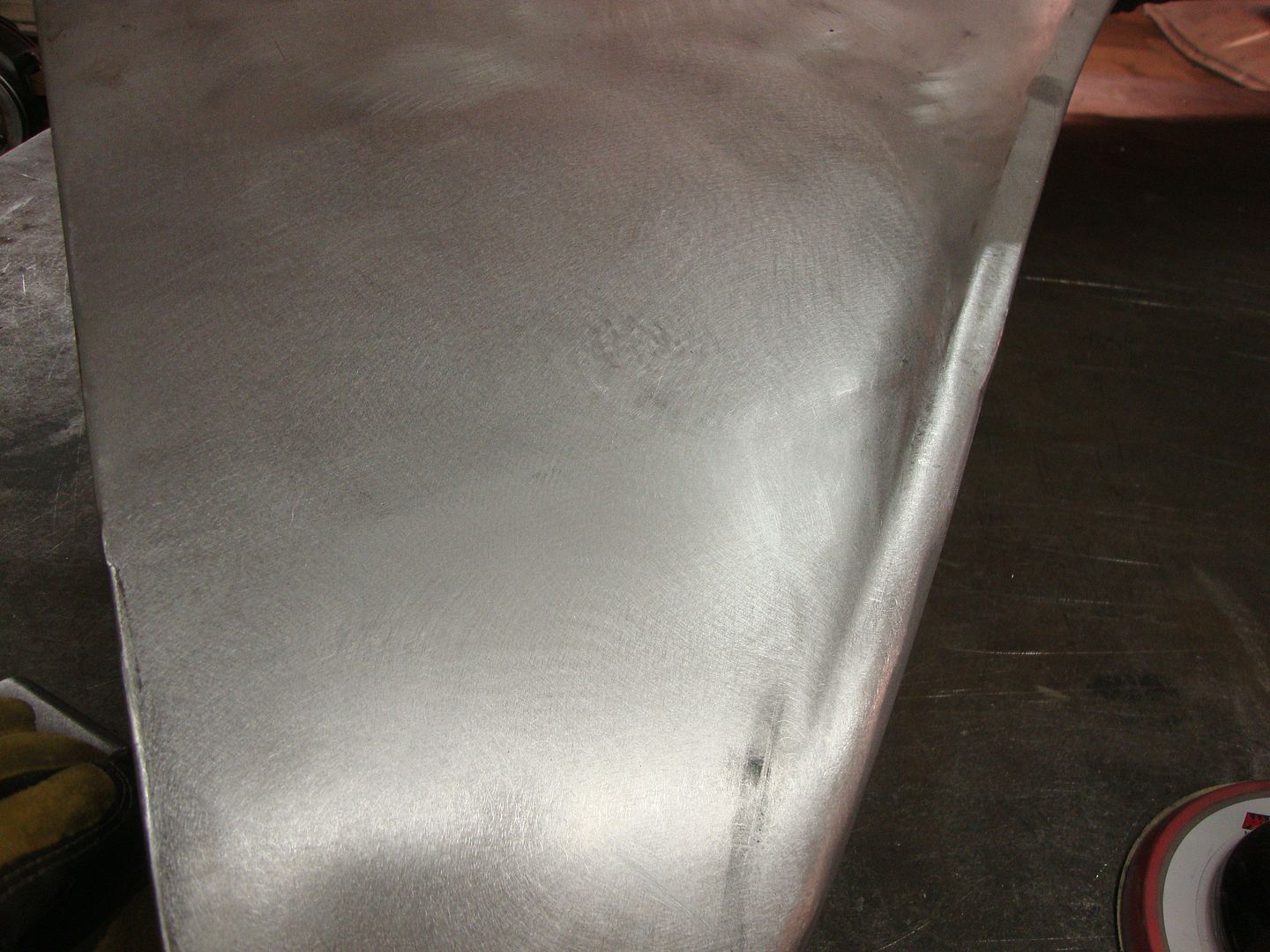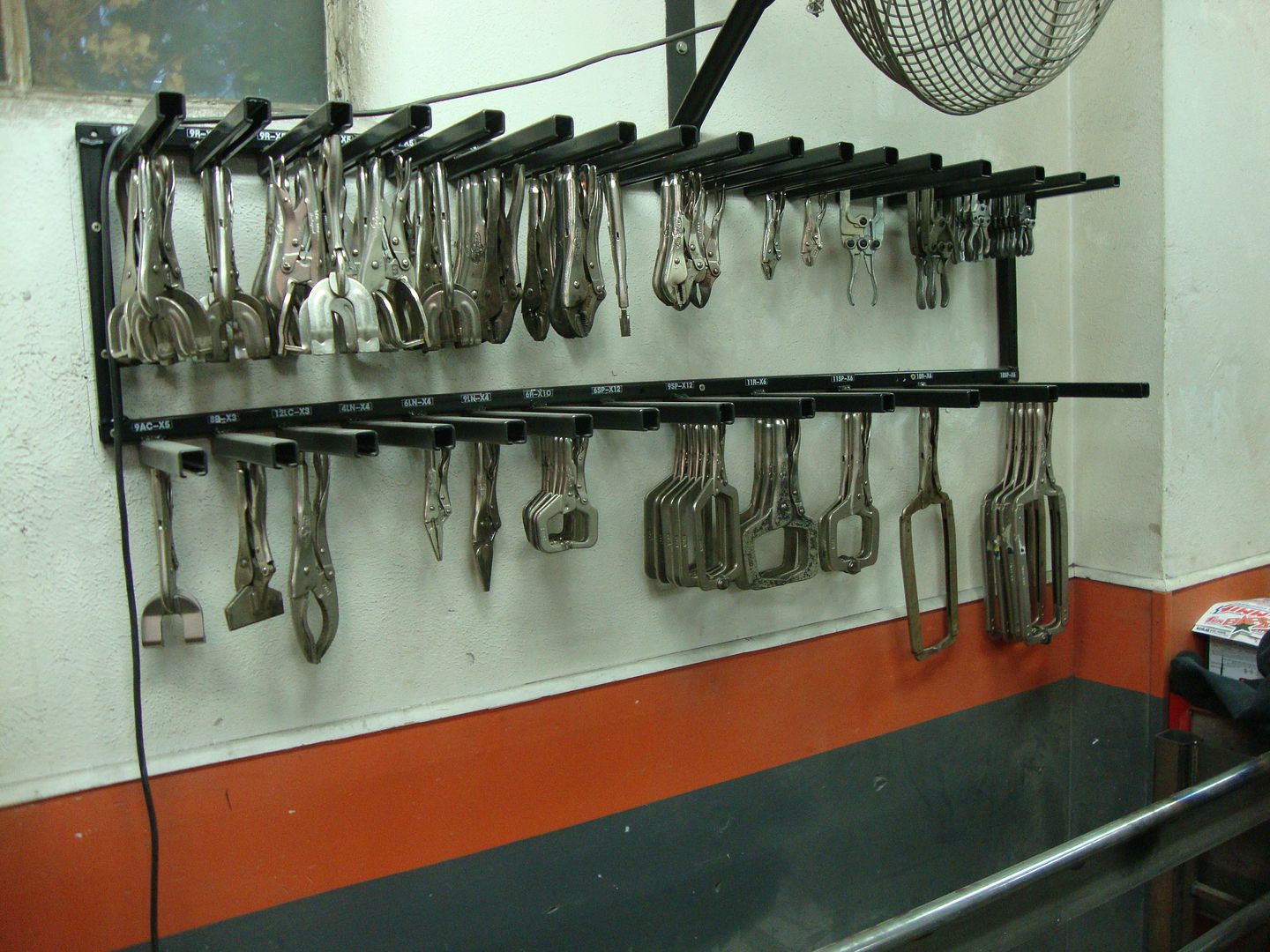Chad.S
Oldtimer
To make a long story short, I feel as if I have been fortunate to pursue my interest in Metal shaping and owe part of the opportunity to be able to do so to SPI. I think it was Barry who posted years ago about metal meet and sponsored their forum. This got me a little more interested and I made the trip down there, I didn't learn a whole lot there but it was a eye opener to what it really took to do even the most basic looking task. I also feel like I wouldn't have been able to do this without the help of the sales we have gotten from this forum and from other users of the products we carry. It allowed me a little free time to be able to work on the education side of this.
So I thought that since to me it was fairly related I would post a few things as I can, I'm still fairly new to metal shaping and metal work in general but I think I can post a few things of value. I would also like some of the other metal workers on here to post some things so that maybe we can all learn a thing or two..
What inspired me to do this was lately I noticed a few more conversations and questions revolving metal work around here, and a lot of them questions have revolved around welding panels together. And it just so happened that I had to do two patches today, so I made it a point to remember to take a few pictures.
I would like to keep it to just individual tips or tricks than displaying a whole project. This may give new comers one thread to read through and make it a easy instead of fumbling through the whole site..
So I thought that since to me it was fairly related I would post a few things as I can, I'm still fairly new to metal shaping and metal work in general but I think I can post a few things of value. I would also like some of the other metal workers on here to post some things so that maybe we can all learn a thing or two..
What inspired me to do this was lately I noticed a few more conversations and questions revolving metal work around here, and a lot of them questions have revolved around welding panels together. And it just so happened that I had to do two patches today, so I made it a point to remember to take a few pictures.
I would like to keep it to just individual tips or tricks than displaying a whole project. This may give new comers one thread to read through and make it a easy instead of fumbling through the whole site..

